Suppose there is a circuit consister of only resistance and batteries , suppose one is to double (or increase it to in n-times )all voltage and all resistances , show that currents are unalatered
To solve the problem of showing that doubling (or increasing to n-times) all voltages and resistances in a circuit consisting only of resistors and batteries does not alter the current, we can follow these steps:
Step 1: Understand the Original Circuit
Consider a circuit with multiple batteries (EMFs) and resistors. The total current I flowing through the circuit can be expressed using Ohm's Law:
I=EtotalRtotal
where Etotal is the sum of all EMFs in the circuit and Rtotal is the sum of all resistances.
Step 2: Write the Expression for Current
Let’s denote the individual EMFs as E1,E2,…,Em and the resistances as R1,R2,…,Rn. The total EMF and total resistance can be expressed as:
Etotal=E1+E2+…+Em
Rtotal=R+R1+R2+…+Rn
Thus, the current I can be written as:
I=E1+E2+…+EmR+R1+R2+…+Rn
Step 3: Increase All Voltages and Resistances by n Times
Now, if we increase all EMFs and resistances by a factor of n, the new EMFs will be nE1,nE2,…,nEm and the new resistances will be nR,nR1,nR2,…,nRn.
The new total EMF and total resistance will then be:
E′total=nE1+nE2+…+nEm=n(E1+E2+…+Em)
R′total=nR+nR1+nR2+…+nRn=n(R+R1+R2+…+Rn)
Step 4: Write the New Expression for Current
The new current I′ can now be expressed as:
I′=E′totalR′total=n(E1+E2+…+Em)n(R+R1+R2+…+Rn)
Step 5: Simplify the Expression
Notice that the n in the numerator and denominator cancels out:
I′=E1+E2+…+EmR+R1+R2+…+Rn=I
Conclusion
Thus, we have shown that the current I′ after increasing all voltages and resistances by a factor of n is equal to the original current I. Therefore, the currents are unaltered.
Consider a circuit with multiple batteries (EMFs) and resistors. The total current I flowing through the circuit can be expressed using Ohm's Law:
I=EtotalRtotal
where Etotal is the sum of all EMFs in the circuit and Rtotal is the sum of all resistances.
Let’s denote the individual EMFs as E1,E2,…,Em and the resistances as R1,R2,…,Rn. The total EMF and total resistance can be expressed as:
Etotal=E1+E2+…+Em
Rtotal=R+R1+R2+…+Rn
Thus, the current I can be written as:
I=E1+E2+…+EmR+R1+R2+…+Rn
Now, if we increase all EMFs and resistances by a factor of n, the new EMFs will be nE1,nE2,…,nEm and the new resistances will be nR,nR1,nR2,…,nRn.
E′total=nE1+nE2+…+nEm=n(E1+E2+…+Em)
R′total=nR+nR1+nR2+…+nRn=n(R+R1+R2+…+Rn)
The new current I′ can now be expressed as:
I′=E′totalR′total=n(E1+E2+…+Em)n(R+R1+R2+…+Rn)
Notice that the n in the numerator and denominator cancels out:
I′=E1+E2+…+EmR+R1+R2+…+Rn=I
Thus, we have shown that the current I′ after increasing all voltages and resistances by a factor of n is equal to the original current I. Therefore, the currents are unaltered.
Topper's Solved these Questions
- CURRENT ELECTRICITYBOOK - NCERT EXEMPLAR ENGLISHCHAPTER - CURRENT ELECTRICITYEXERCISE - MCQs (More than one options)
5 Videos
- COMMUNICATION SYSTEMBOOK - NCERT EXEMPLAR ENGLISHCHAPTER - COMMUNICATION SYSTEMEXERCISE - LONG ANSWER TYPE QUESTIONS
5 Videos
- DUAL NATURE OF RADIATION AND MATTERBOOK - NCERT EXEMPLAR ENGLISHCHAPTER - DUAL NATURE OF RADIATION AND MATTEREXERCISE - LONG ANSWER TYPE QUESTION
5 Videos
Similar Questions
Knowledge Check
On increasing the resistance in a circuit, the current in it:
AdecreasesBincreasesCremains unchangedDnothing can be saidThe phase relationship between current and voltage in a pure resistive circuit is best represented by
A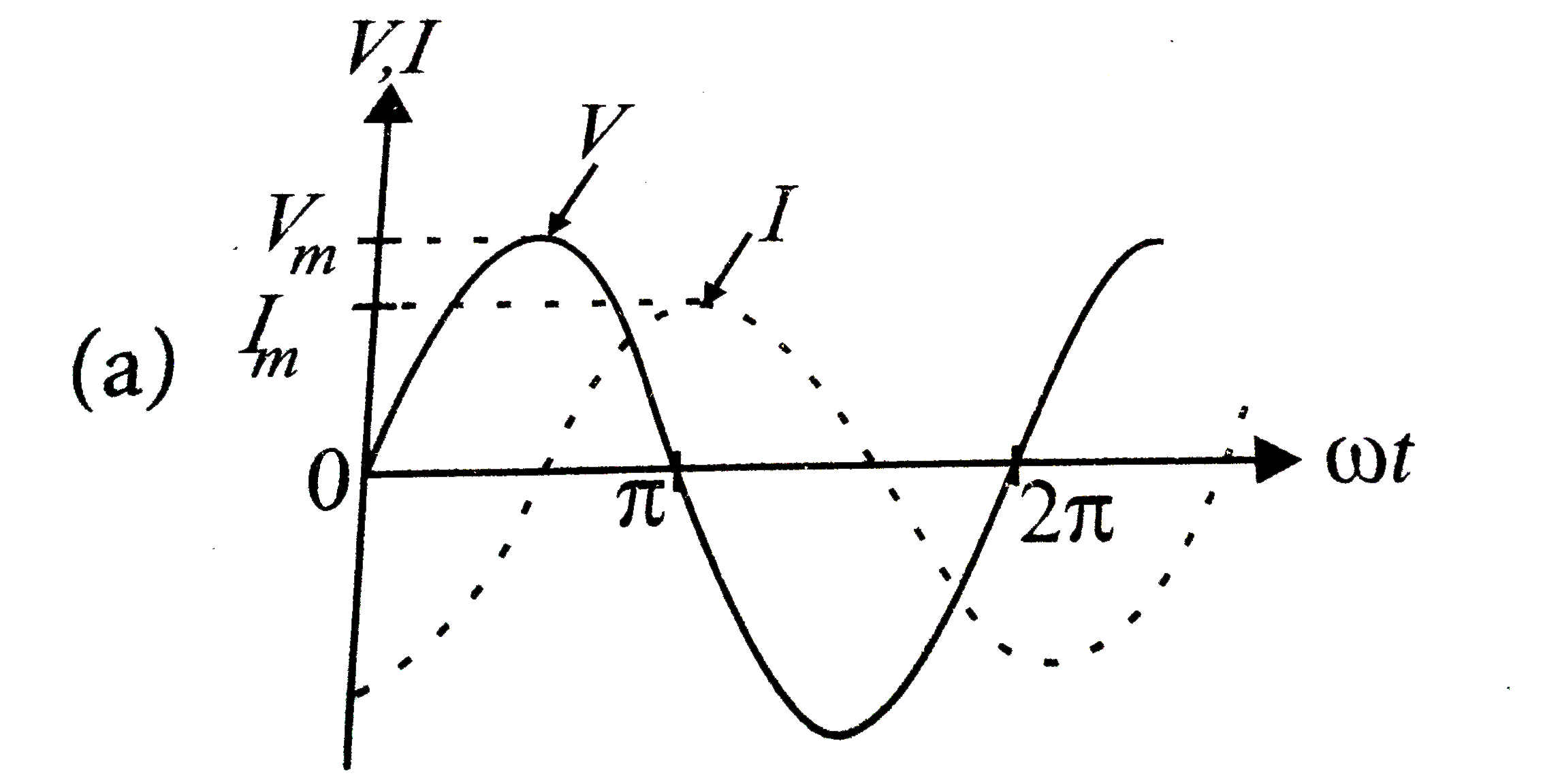 B
B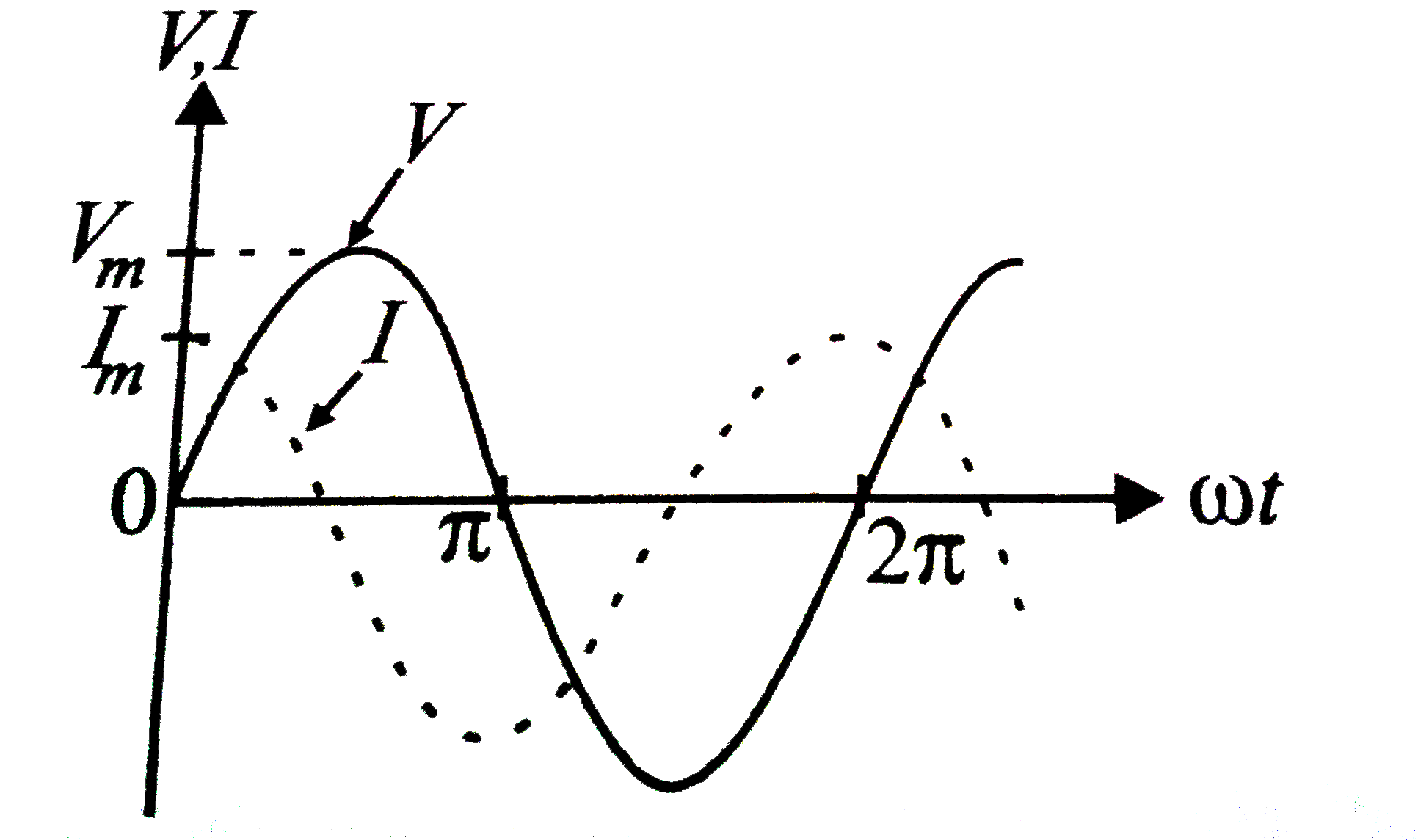 C
C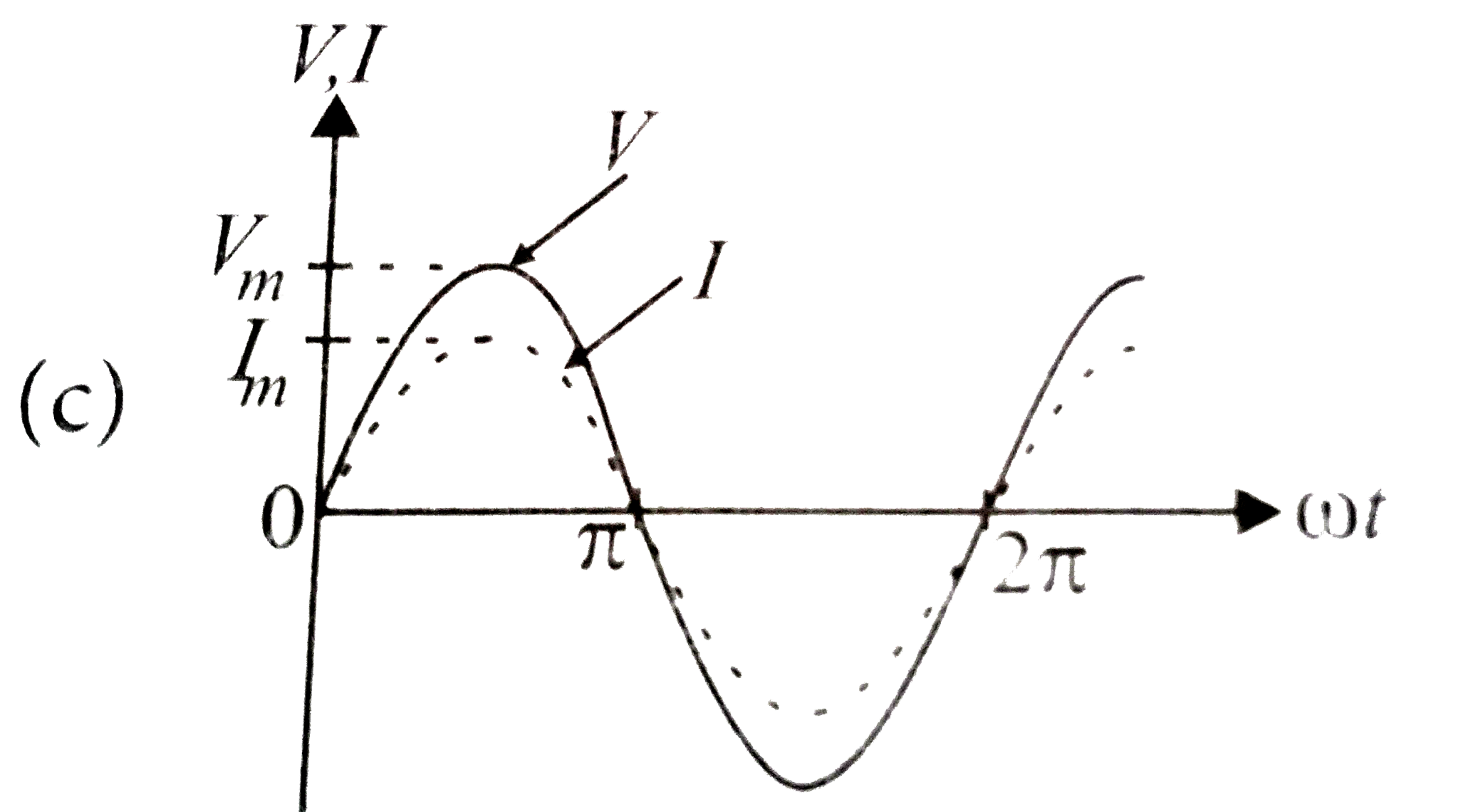 D
D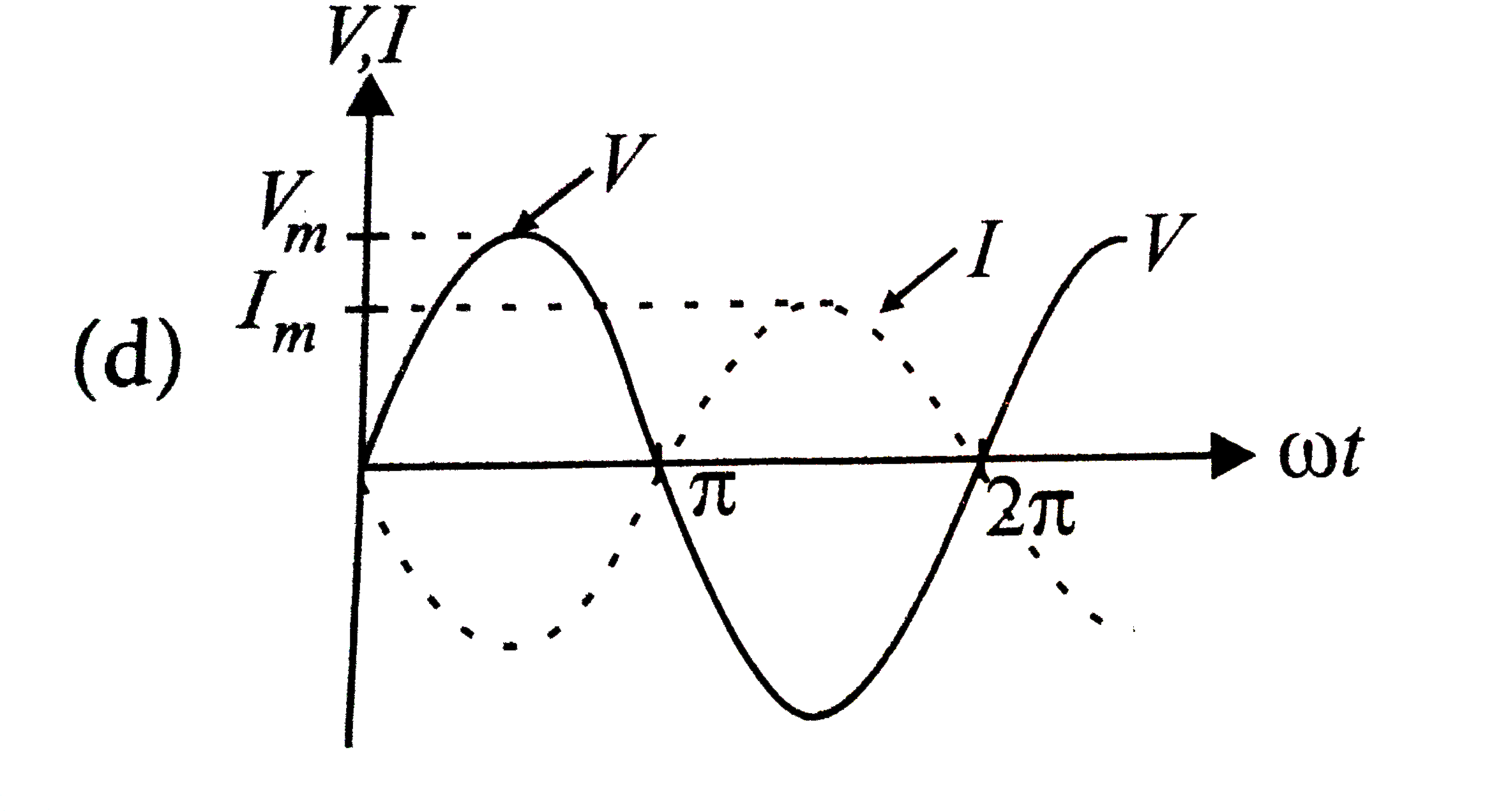
Compute total circuit resistance and battery current as shown in figure.

View SolutionA voltmeter with a resistance 50×103Ω is used to measure voltage in a circuit. To increase its range to 3 times, the additional resistance to be put in series is
View SolutionIf all resistors in the shown network are of equal resistance, and the battery is of emf equal to 10 V and internal resistance equal to 1Ω, what should be resistance of each resistor so that the battery delivers maximum power
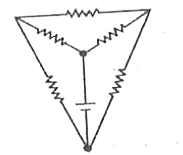
View SolutionFind the voltage drop across a capacitor connected with a resistance and a battery of 60 V in series after a long time.
View SolutionThe circuit shown in the figure above consists of eight resistors, each with resistance R, and a battery with terminal voltage V and negligible internal resistance. The current flowing through the battery is n4VR, then n is
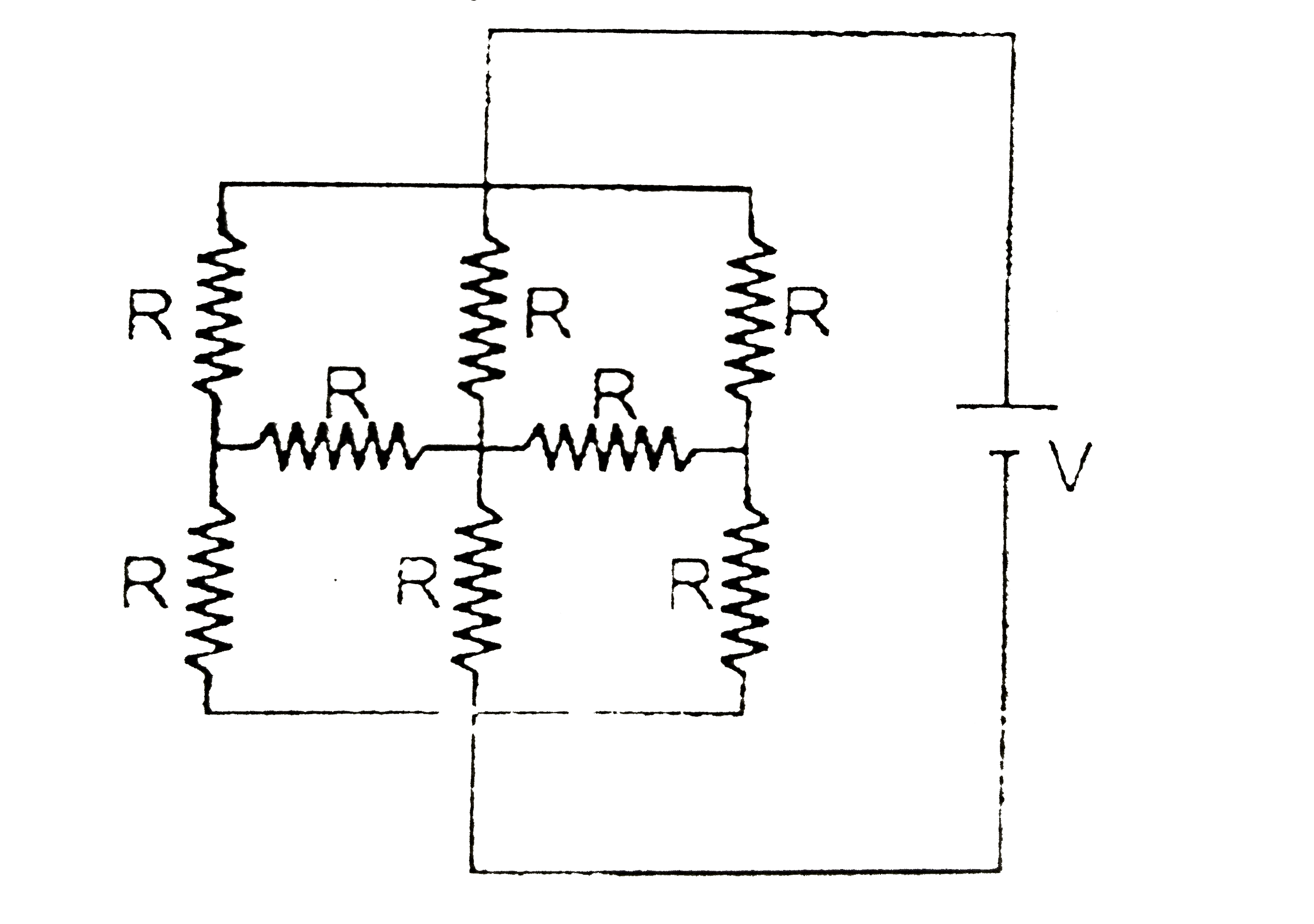
View SolutionWhen a galvanometer is shunted by resistance S, then its current capacity increases n times. If the same galvanometer is shunted by another resistance S', then its current capcity will increase by n' is given by
View Solution
